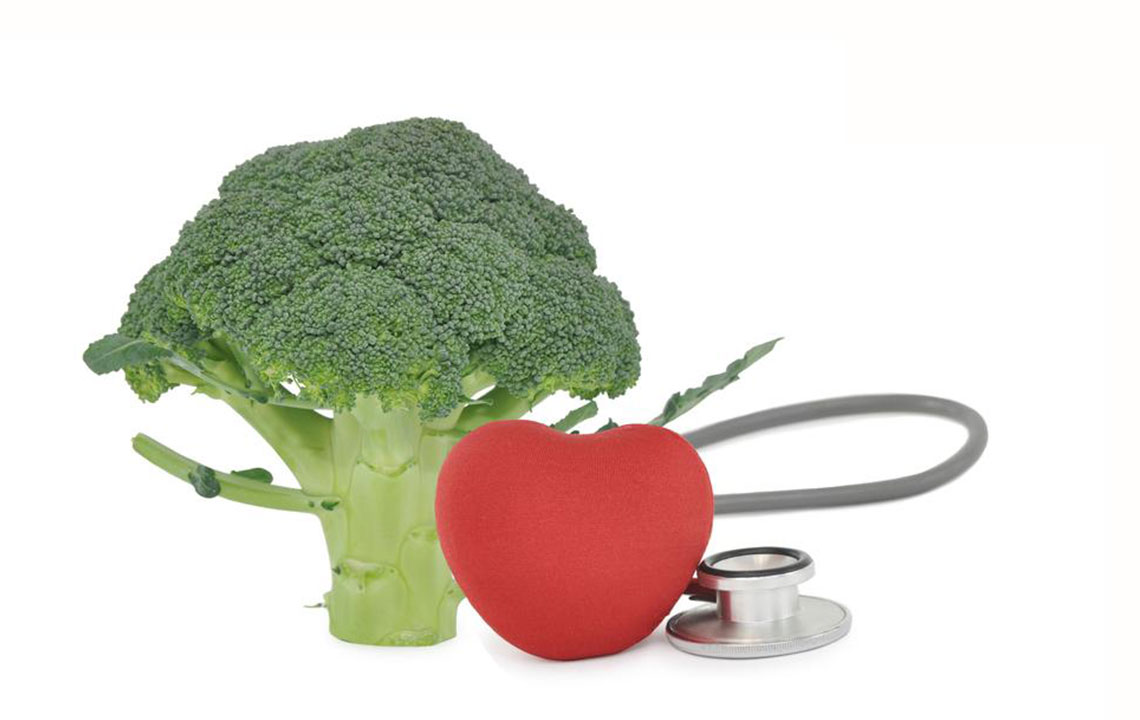Effective Strategies for Managing Low Blood Pressure
Learn effective ways to manage low blood pressure through lifestyle changes, dietary modifications, and proper hydration. Discover practical tips to maintain healthy blood pressure levels and prevent symptoms like dizziness and fatigue, ensuring overall cardiovascular health with guidance from healthcare professionals.

Effective Strategies for Managing Low Blood Pressure
Blood pressure measures the force of blood pushing against arterial walls. Normal adult blood pressure is typically around 120/80 mm Hg, where the top number is systolic pressure during heartbeats and the bottom is diastolic when the heart relaxes. If the systolic drops below 90 mm Hg, it indicates low blood pressure, which requires attention. Proper management involves lifestyle and dietary adjustments to restore normal levels, preventing symptoms like dizziness or fainting.
Treating low blood pressure focuses on increasing blood volume and improving circulation. Key methods include:
Incorporating more salt into the diet, unless contraindicated, to boost blood pressure.
Consuming adequate non-alcoholic fluids to remain well-hydrated.
Engaging in regular physical activity to enhance blood flow.
Elevating the head during sleep to prevent drop in blood pressure.
Avoiding heavy lifting and standing still for long periods.
Not straining during bowel movements and avoiding prolonged hot water exposure such as hot showers or spas.
Through lifestyle adjustments and dietary changes, low blood pressure can be effectively managed. Consulting healthcare professionals is recommended for tailored treatment plans.










